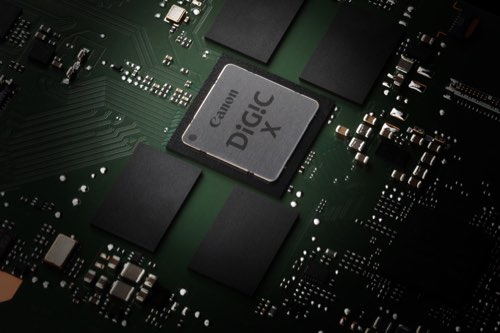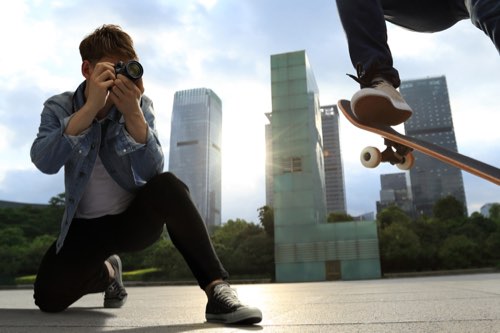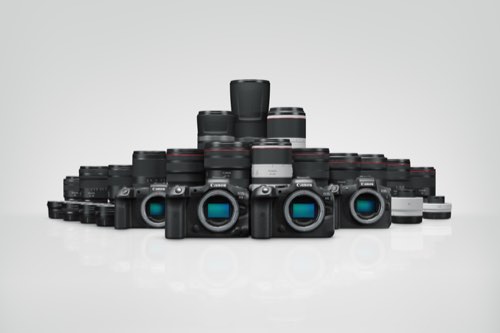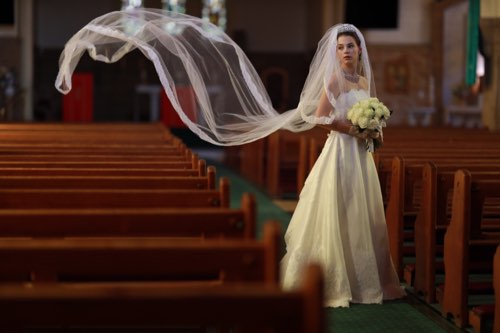Canon has released the EF50mm f/1.8 STM, a renewed model of the EF50mm f/1.8 II, the bestselling interchangeable lens that EOS users are probably most familiar with. In this two-part series, I will assess the capability of this much-talked-about lens. The first article focuses on the external appearance and its expressive power at different aperture settings. (Report by: Takeshi Ohura)

Renewed model of the popular EF50mm f/1.8 II makes its appearance
Known for high image quality despite its light weight and reasonable pricing, the EF50mm f/1.8 II now has a successor. The new EF50mm f/1.8 STM adopts a lens construction of six elements in five groups; while the construction remains the same as before, major changes have been made to other aspects of the lens to meet the current needs. The predecessor, the EF50mm f/1.8 II, has been in the market for as long as 25 years and is a popular choice among EOS users. In view of that, there are probably many who look forward to the expressive power and operability that the new EF50mm f/1.8 STM offers.

The new EF50mm f/1.8 STM comes with a focusing ring that is wider than before and covered with a new rubber material. An enhancement made to the new model is that its filter segment at the front of the lens does not rotate during AF drive. The filter size is 49mm.

From the left, EF50mm f/1.8, EF50mm f/1.8 II and EF50mm f/1.8 STM. The first model, EF50mm f/1.8, was released in 1987 during the era of film cameras. It's intriguing that it had a focusing distance window and depth of field scale, and even an infrared index (for infrared photography; also referred to as infrared mark or red mark).
The lens barrel of the EF50mm f/1.8 STM is 69.2mm (maximum diameter) × 39.3mm (length) compared to that of its predecessor, which is 68.2mm × 41mm. The weight has also increased from 130g to 160g. The biggest reason for the additional 30g, despite the minor changes in the lens barrel size and the same lens construction, is the material used for the mount. Unlike the plastic material used on the EF50mm f/1.8 II, the EF50mm f/1.8 STM adopts a metal mount, just like the first-generation model. Although some say a plastic mount is perfectly fine too in terms of accuracy, I am still genuinely pleased with the new metal design.

The new metal mount of the EF50mm f/1.8 STM. I believe many EOS users are more than pleased with this change.

The EF50mm f/1.8 STM is made in Malaysia. The first-generation EF50mm f/1.8 and the earlier version of the second-generation EF50mm f/1.8 II were made in Japan.
The tip of the lens barrel comes with a bayonet mount for the lens hood. A noteworthy feature of the bayonet mount is that unlike the earlier model, which required an adapter ring in order to make use of a hood, you can now attach a special hood, the ES-68 (sold separately), directly to the lens. For this test run, I only managed to get hold of the lens itself, so all the sample shots were taken without a hood.
One of the advancements made to the mechanism is the AF drive. The lens employs a gear-type stepping motor (STM), which is very quiet compared to a DC motor. You can still hear a slight motor sound during AF operation if you pay close attention, but it doesn't grate. During a movie shoot, it is unlikely that the built-in microphone will pick up the operating sound of the motor.
Also, though I have not really made a precise comparison, I feel that the process of establishing focus seems shorter and smoother than before. As with its predecessors, the EF50mm f/1.8 STM is not equipped with the Image Stabilizer (IS) function.
The closest focusing distance has been reduced from 45cm on the previous model to 35cm on the EF50mm f/1.8 STM. This increases the maximum magnification from 0.15 to 0.21 times, making it an even better choice for close-up shots. This lens will come in handy when you want to move a step closer to the subject.

With a minimum focusing distance of 35cm, the EF50mm f/1.8 STM has an improved close-up shooting capability.
Testing the ability to express distant views at different aperture settings
While there is sufficient contrast at the maximum aperture, the apparent resolution seems to lack sharpness in general. This characteristic, however, can be utilised to endow portrait or tabletop shots with a unique character.
The apparent resolution at the centre increases considerably upon exceeding f/2.8. That being said, the sharpness is just good enough for use, albeit not to the kind of extremes that you can get from some of the interchangeable lenses for mirrorless cameras.
Expression of the peripheral areas leaves much to be desired up to about f/4, but the quality is acceptable for this class of lenses. Peripheral light fall-off seems rather prominent, but this issue is almost inexistent at f/4. Deterioration in the apparent resolution due to optical diffraction sets in at about f/11.
Expressive power at the centre

The area indicated by the red frame is cropped into the thumbnail images shown below and magnified. The settings used are as follows.
EOS 5D Mark III/ Aperture-priority AE/ ISO 100

f/1.8

f/2

f/2.8

f/4

f/5.6

f/8

f/11

f/16
Expressive power at peripheral areas

The area indicated by the red frame is cropped into the thumbnail images shown below and magnified. The settings used are as follows.
EOS 5D Mark III/ Aperture-priority AE/ EV+0.3/ ISO 100

f/1.8

f/2

f/2.8

f/4

f/5.6

f/8

f/11

f/16

EF50mm f/1.8 STM

Born in 1965 in Miyazaki Prefecture, Ohura graduated from the Department of Photography, College of Art, Nihon University. After his career with the editorial department of a motorcycle magazine and a design planning firm, he became a freelance photographer. He writes mainly for photography magazines based on his experience in using digital cameras for commercial shoots. Outside of work, he enjoys looking at photos and makes it a point to visit galleries regularly. Ohura is a member of the Camera Grand Prix Selection Committee.

Delivers daily news related to topics such as digital cameras and peripheral devices, and imaging software. Also publishes articles such as reviews on the use of actual digital camera models and photo samples taken using new models.

































